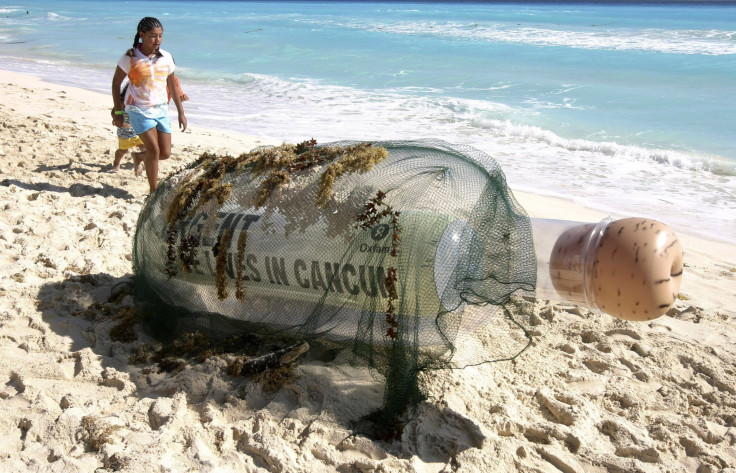Family finds world's oldest known message-in-a-bottle on Australian beach

A message in a bottle has been found at a West Australian beach nearly 132 years after it was tossed overboard into the Indian Ocean. The new find is now the oldest known message in a bottle in the world.
The bottle was reportedly found near Wedge Island, 180 km north of Perth. Before the discovery, the previous world record for the oldest message in a bottle was 108 years, four months and 18 days between the time it was thrown overboard and the time of discovery.
The bottle had been flung from "Paula," a German sailing barque, in 1886, it has been said.
An official experiment lasted for decades for better understanding of global ocean currents. It also sought faster and more efficient shipping routes. A number of bottles were thrown from German ships from 1864 until 1933. Each contained a form on which the ship’s captain wrote the co-ordinates, the name of the ship, date it was jettisoned, its home port and travel route.
The finders were asked to write where and when the bottle has been found on the back of the message slips. They were supposed to return it to the nearest German consulate or to the German Naval Observatory in Hamburg. A report by Stuff states that only 662 message slips were returned but none of the bottles.
The latest find from Wedge Island updates the total to 663. It becomes the only known example of the type of bottle used.
The historical discovery took place when a Perth family spent time on a West Australian beach. Tonya Illman was walking across sand dunes when she saw something sticking out.
The ABC reports her as saying that it looked like a lovely old bottle, so she picked it up and thought it may look good in her bookcase. She later realised she had likely uncovered something far more special.
"We took it home and dried it out, and when we opened it we saw it was a printed form, in German, with very faint German handwriting on it,” Illman said. Printed on the form was the date June 12, 1886.
The family took it to the Western Australian Museum. Ross Anderson, the assistant curator of maritime archaeology, did a series of investigations and determined that the discovery was a mid-to-late 19th-century Dutch gin bottle. The Illmans have loaned it to the WA Museum to display for the next two years.
Fox News/YouTube





















